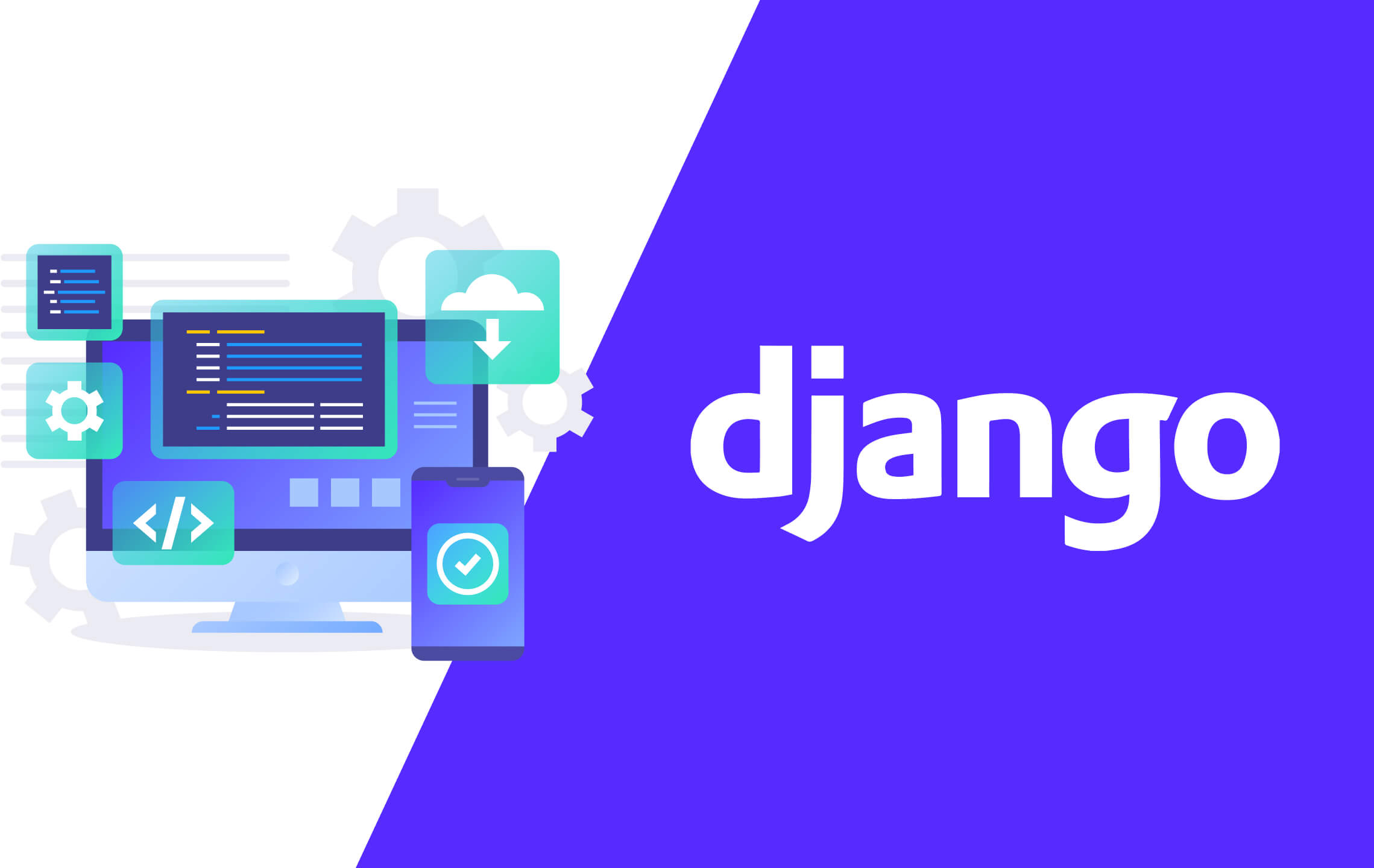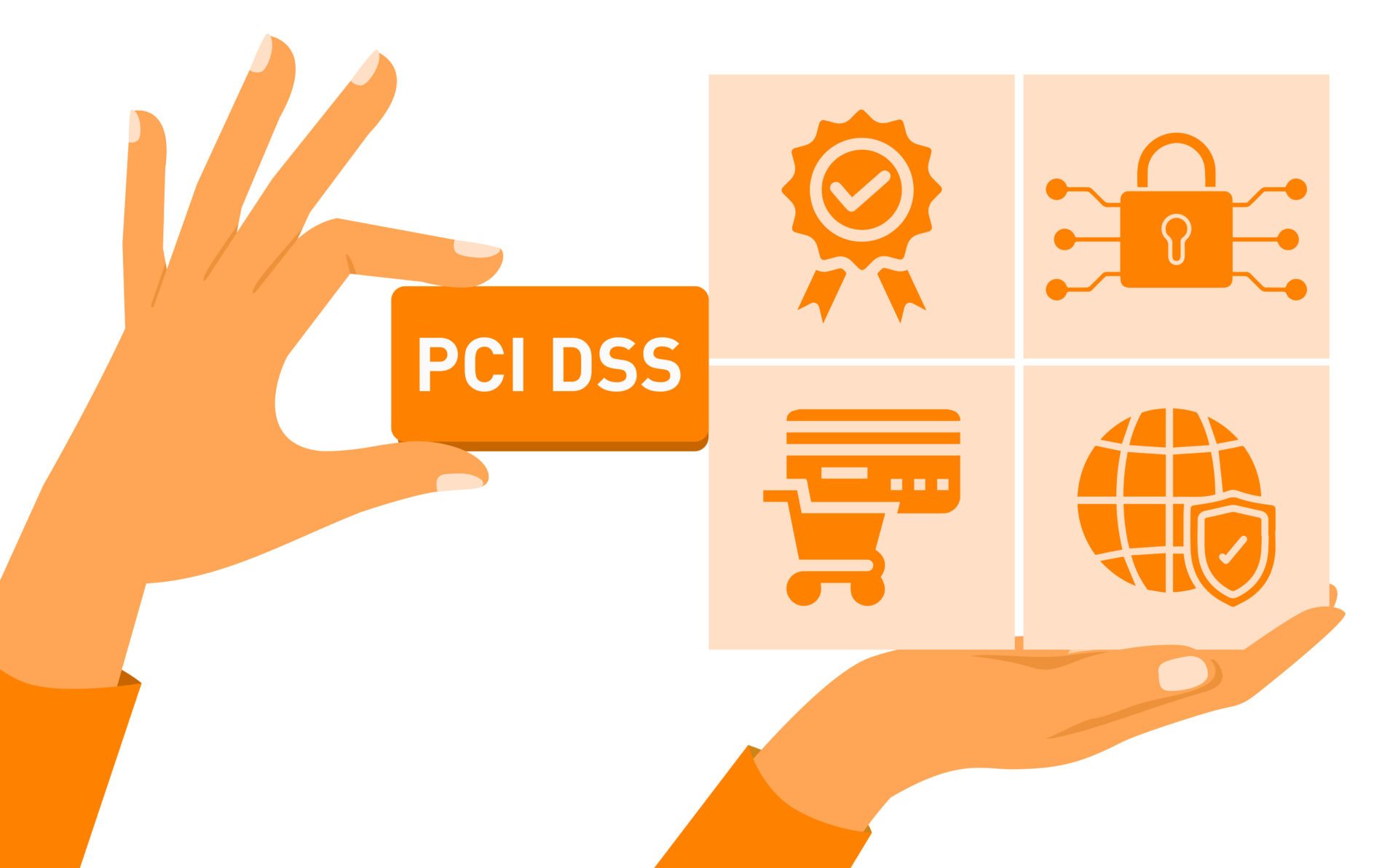How to Secure Your Website Payments: Best Practices for 2025

In today’s digital economy, website payment security is no longer optional — it’s a necessity. Whether you run a small e-commerce store, SaaS platform, or freelance business, securing your online transactions protects both you and your customers from fraud, data breaches, and reputation loss.
In this guide, we’ll explore how to secure your website payments, why PCI compliance matters, and what payment security best practices you should implement today.
🔐 Why Website Payment Security Matters
Every time a customer enters their credit card online, they trust your business with sensitive information. A single breach can result in:
-
🧨 Loss of customer trust
-
💸 Financial penalties
-
⚖️ Legal implications for violating data protection laws
-
🛑 Termination of payment processing privileges
That’s why website payment protection is a foundational element of every successful online business.
✅ 1. Choose PCI-DSS Compliant Payment Gateways
PCI DSS (Payment Card Industry Data Security Standard) is the global benchmark for secure online transactions.
Top PCI-DSS Compliant Gateways (U.S. & Global):
| Gateway | Features |
|---|---|
| Stripe | End-to-end encryption, tokenization, 3D Secure |
| PayPal | Fraud detection, global support, PCI Level 1 compliance |
| Square | Easy integration, secure checkouts, fraud monitoring |
| Authorize.Net | Advanced fraud detection, hosted payment forms |
| Flutterwave | Great for African/U.S. cross-border payments, PCI-DSS certified |
✅ Always confirm the gateway is PCI DSS Level 1 Certified — the highest standard.
🔑 2. Use HTTPS & SSL Certificates
All website payment pages should load over https:// using a valid SSL/TLS certificate. This encrypts the data in transit and helps prevent man-in-the-middle attacks.
👉 Use Let’s Encrypt or a reputable SSL provider like DigiCert or GoDaddy.
🧱 3. Tokenization Over Storing Card Data
Never store raw card data on your server unless you're certified to do so. Use tokenization — which replaces sensitive info with unique tokens handled by the gateway.
Example:
Instead of storing
4111 1111 1111 1111, storetok_39fj492vdlkj.
Most payment gateways handle tokenization automatically.
🧪 4. Use 3D Secure & Strong Authentication
3D Secure 2.0 (SCA in Europe) adds an extra verification layer (like OTP or facial recognition) during checkout.
Benefits:
-
Reduces chargebacks and fraud
-
Builds customer confidence
-
Required for EU/UK under PSD2 laws
🔁 5. Monitor Transactions in Real-Time
Enable fraud alerts, rate-limiting, and IP blacklists for your payment system. Many platforms provide risk scoring and automatic declines for suspicious activity.
Tools to Use:
-
Stripe Radar
-
FraudLabs Pro
-
Sift
-
Reblaze
🧠 6. Secure the Frontend & Backend
Frontend
-
Validate form inputs
-
Use JavaScript sandboxing
-
Prevent form hijacking with CSP (Content Security Policy)
Backend
-
Sanitize API requests
-
Set up webhooks securely (verify signatures)
-
Store minimal personally identifiable information (PII)
📊 7. Stay PCI Compliant & Perform Regular Audits
If you process payments directly (e.g., with custom APIs), perform regular PCI scans and vulnerability assessments.
PCI DSS Goals Summary:
| PCI DSS Goals | Key Requirements |
|---|---|
| Build & maintain secure systems | Firewalls, vendor default change |
| Protect cardholder data | Encryption in storage & transmission |
| Maintain vulnerability management | Antivirus, patching, secure development |
| Strong access control | Role-based access, strong auth |
| Monitor & test networks | Logging, intrusion detection |
| Maintain information security | Documented policies, awareness training |
📚 Frequently Asked Questions (FAQ)
Is PCI compliance mandatory for U.S. online stores?
Yes. If you process, transmit, or store cardholder data, you must comply — regardless of business size.
What are the penalties for non-compliance?
Fines from $5,000 to $100,000/month, increased fees, and potential legal action.
Can small businesses afford PCI compliance?
Yes! Use hosted gateways like Stripe or PayPal — they shift the compliance burden away from you.
How often should I audit my payment system?
At least once a year or whenever you make changes to your hosting, API, or backend system.
🚀 Final Thoughts: Secure Payments = Smart Business
Online security is an investment in trust, longevity, and legal protection. By following best practices and partnering with PCI-DSS compliant providers, you safeguard your brand and your customers.
🔐 Start securing your website payments today.
💬 Need Help?
Whether you're integrating Stripe with Django, securing a Laravel checkout, or building a PCI-compliant payment gateway, we can help.
Contact us to audit or implement secure payments for your website.
Tags:
Comments
Leave a Comment
Blog List




No comments yet. Be the first to comment!